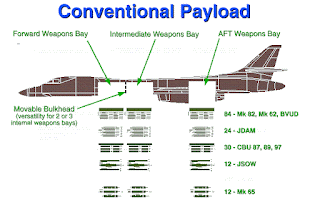F-16 Fighting Falcon

Genesis of the successful F-16 fighter/attack aircraft lies in reaction to severe deficiencies in US fighter design revealed by the Vietnam War. Following the success of the small, highly maneuverable F-86 day fighter in the Korean War, US fighter design changed to emphasize maximum speed, altitude, and radar capability at the expense of maneuverability, pilot vision, and other attributes needed for close combat. This trend reached its extremity in the McDonnell Douglas F-4 Phantom, which was the principal fighter for both the US Air Force and Navy during the latter part of the Vietnam War. F-16 Fighting Falcon








